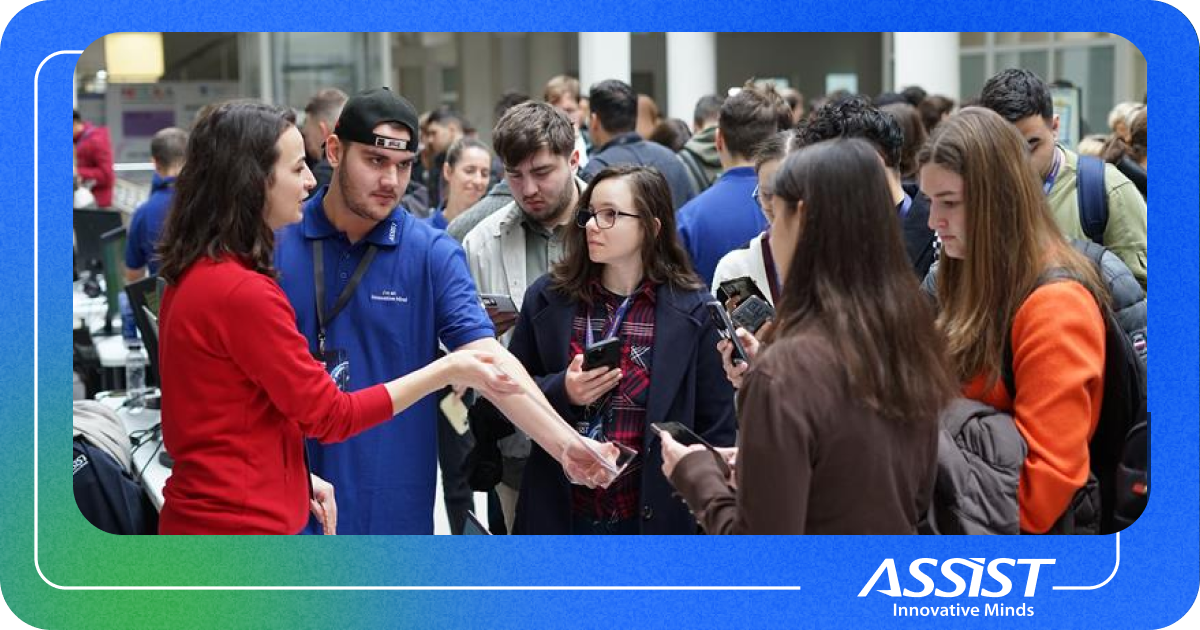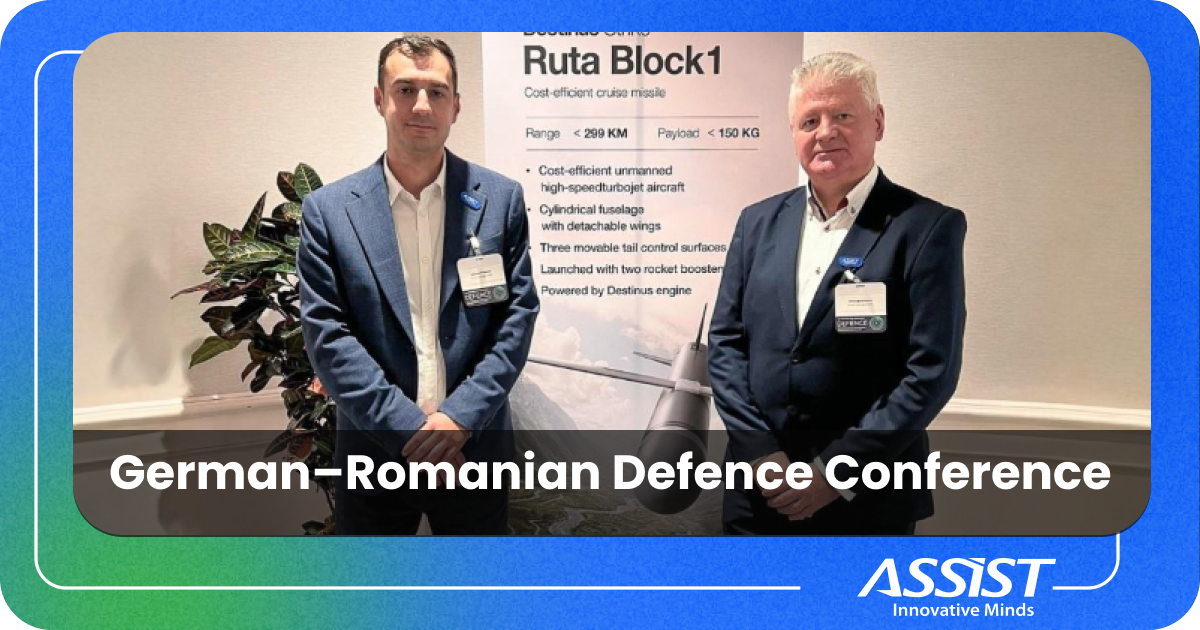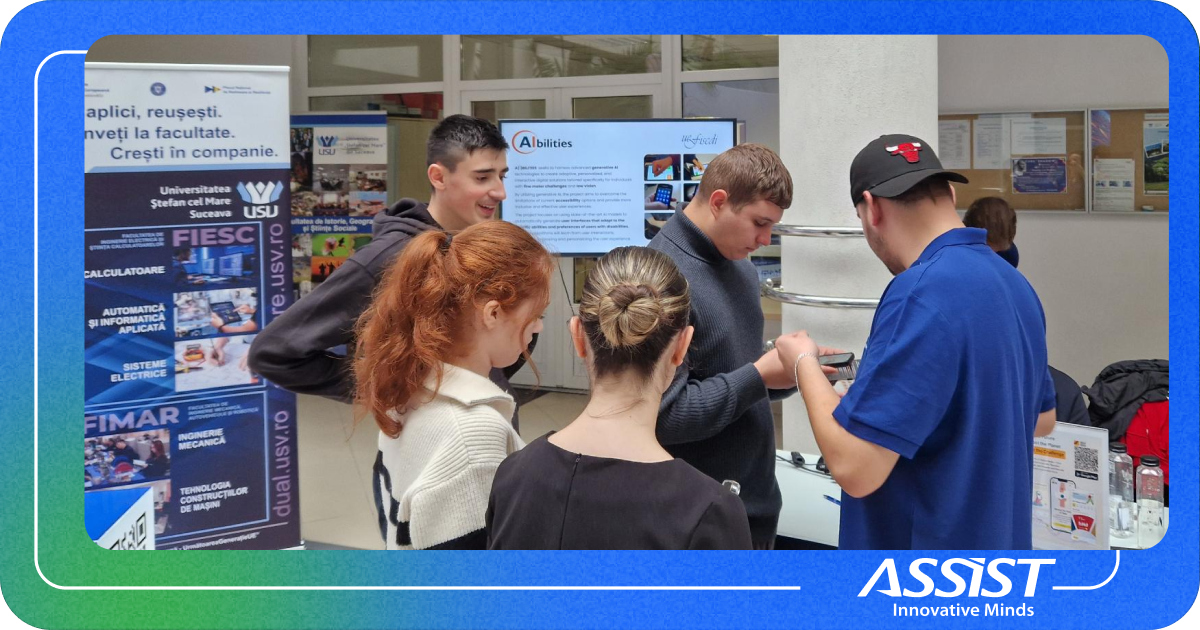FP7 Project VINBOT - Official Press Release
European vineyards yield management will be optimized to make the most of every harvest.
The VinBot technology was presented today in Barcelona to address the need to boost the quality of European wines. European Researchers from Spain and Portugal will work on three-year research to develop the precision viticulture tool in the face of serious market threats worldwide and structural shortcomings within the sector.
Researchers at Ateknea Solutions (Barcelona), the Instituto Superior de Agronomia/ Universidade de Lisboa (Lisbon) and Robotnik (Valencia) will pool their expertise to achieve data-intensive computer vision algorithms to be offloaded to external internet servers. Then VinBot will be able to extend visual leaf and fruit estimation throughout the entire vineyard and to centralize yield management by providing wine growers with accurate online yield maps of their vineyards. The research will be supported by technical companies: Agri-Ciencia Consultores de Engenharia (Lisboa) and ASSIST Software (Suceava, Romania).
The automatic yield monitoring system VinBot will accurately assess grape yield and relevant phyto-data via a set of sensors, tracking the state and location of the assets, generating maps, capturing sample locations, and sharing such information in a quick, flexible, autonomous and easy-to-use way. By means of this, estimating the number of leaves and grapes on the vine via computer vision and other sensors, VinBot will provide growers with online vigor and yield maps of their vineyards.
Thousands of wine producers will benefit from quality wine and an easier decision-making process in terms of harvesting and field monitoring. At the vineyard level, growers will be able to automatically assess yield in a more accurate and representative way as compared with the traditional manual, destructive and time-consuming sample-based estimates.
VinBot will represent a powerful precision viticulture tool, which does not exist today: the cloud-computing agricultural robot. Using the VinBot, not only Cantine d’Alfonso del Sordo company (San Severo-Apulia, Italy) will benefit from the coordination and optimisation of yield management strategies, but also Cooperativa Agricola de Granja (Portugal), Orgovanyi Gazdaszovetkezet Szovetkezet (Hungary) and Bodegas Familiares de Rioja PROVIR (Spain) associations throughout their thousands of members' vineyards, based on their collective expertise and commercial objectives. They expect to sell their wine for 8%-20% more over a five year period by employing the VinBot system to accurately estimate yield.
The VINBOT project is co-funded by the European Union's Seventh Framework Programme managed by REA-Research Executive Agency and submitted under FP7-SME - Specific Programme "Capacities": Research for the benefit of SMEs, on-topic SME-2013-2 - Research for SME Associations, with the project ID: 605630.
© VINBOT Consortium. Steering Committee Chairman: Cooperativa Agricola de Granja. Exploitation Manager: PROVIR Bodegas Familiares de Rioja. Project Coordinator: Ateknea Solutions.info@vinbot.eu



